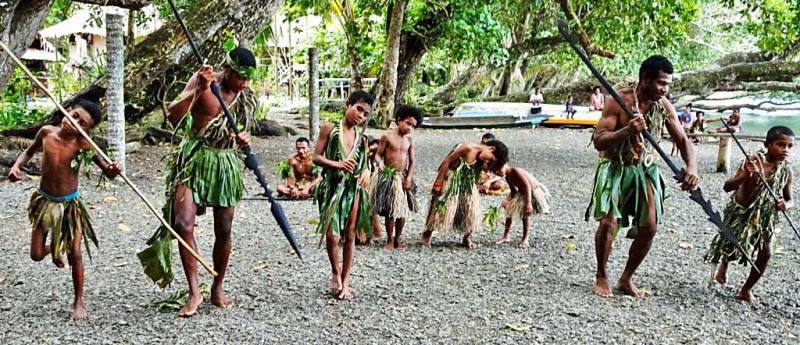
Gopaia Village Greeting, Alotau
Papua New Guinea Shore Excursions
Our Oceania Regatta cruise made two stops for Papua New Guinea Shore Excursions at two very dissimilar ports. Our first shore excursion was Alotau, which is a small, poor town set in lush tropical rainforest. For our second port of call, the Oceania Regatta docked in Port Moresby, which is a larger city that has become a major migration destination for many Papua New Guinea tribes.
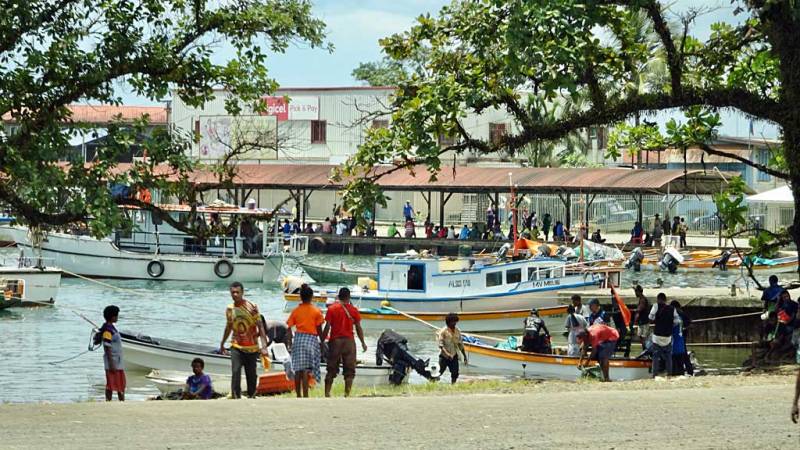
Alotau Harbor
Alotau, Papua New Guinea Shore Excursion
The small town of Alotau was one of our favorite destinations on our Oceania Regatta cruise, but you have to be mentally prepared for the poverty. A shore excursion to Alotau is like a visit to towns in Tanzania. People can’t afford bikes or cars, so they walk along the road sides. Open trucks pick up passengers waiting at make shift bus stops. Clothing is brightly colored and various tribes speak their own distinctive languages. People are extremely friendly and many know a few words of English. Other than the rainforest vegetation, it seemed just like Tanzania.
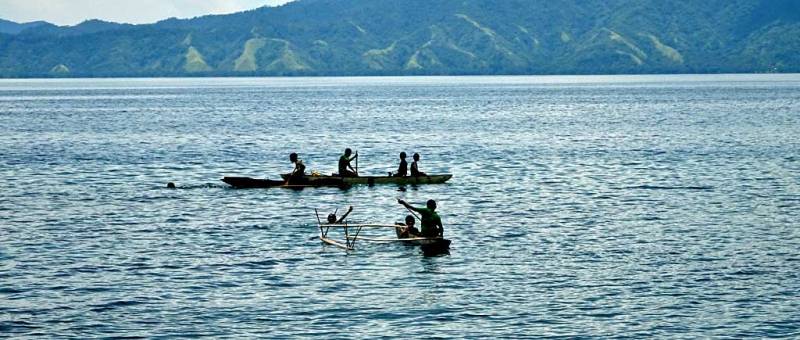
Milne Bay, Alotau
Papua New Guinea Tok Pisin
The language that binds the tribes together is Tok Pisin, which uses mainly English words, but spelling is completely phonetic. For example, “enter” might be written “kum insait” which means “come inside”. Needless to say, written Tok Pisin is very entertaining for foreigners.
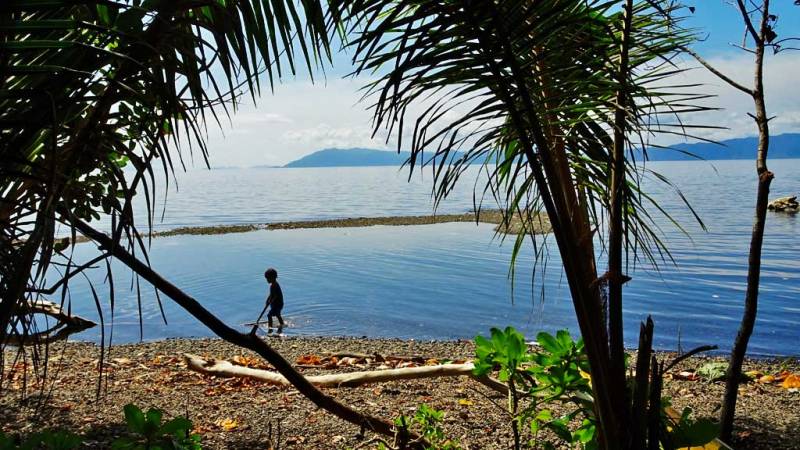
Milne Bay, Alotau
Alotau Tours, Papua New Guinea Shore Excursions
Alotau Tours was waiting for us just outside the port gate in Alotau. Our van was what you might expect in a poor country. The seat belts didn’t work. The interior was falling apart. The suspension was shot. However the air conditioning was working, which was the most important part. Eight of us from the Oceania Regatta was all it took to completely fill the van.
Alotau Roads
As we headed out of town, I was immediately struck with how similar this was to the outskirts of Arusha in Tanzania. People in colorful clothing walked along the roadside or waited for the open air truck transit. Just outside of town, we came to a river bed where the bridge had collapsed two months early. So, the van drove down through the shallow waters in the river to reach the other side of the collapsed bridge.
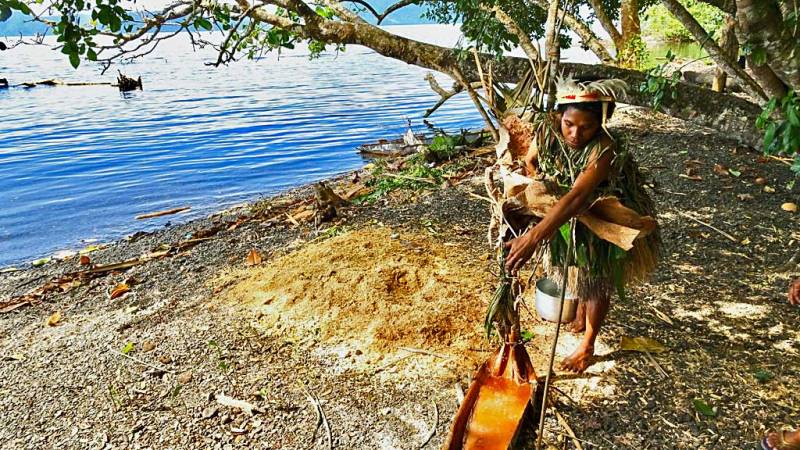
Sago Preparation, Gopaia Village, Alotau
Gopaia Cultural Village
The Gopaia cultural village was our first stop. Members of this large extended family put on grass clothing and greeted us with a welcome dance. The experience reminded me of a visit to Chinchero Community Visit in Peru where women and children earn money through tourist visits, while able bodied men are at their regular jobs instead.
At the Gopai Cultural Village they showed us how to prepare meals from Sago palm pulp and from coconuts. Shells served as knives. They started a fire by rubbing sticks, placing the embers in coconuts husks and then blowing. This was similar to the way the Hadzabe Bushmen start their fires in Tanzania. A meal was then cooked in a clay pot over the open fire. The Gopai village visit was extremely friendly and pleasant. The village setting in the rainforest at the waterfront made the temperatures very bearable in comparison to the hot sun in town.
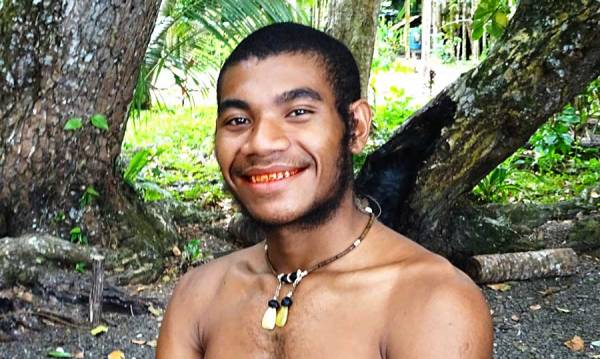
Betel Nut Red Teeth, Buai
Buai – Betel Nut Chew
Our second stop was another village inland from the water. The village people weren’t there to greet us, which isn’t all that unexpected in a third world poverty setting. The village claimed our visit wasn’t scheduled until the next day, so they weren’t prepared to entertain visitors. Our guide improvised and did her own demonstration of how to prepare betel nut chew, which is called buai. She mixed betel nut with mustard leaves and sea shell lime to create an extremely popular and addictive chew.
Red Betel Nut Smiles
When the betel nut mixture turns bright red in your mouth it’s reached the perfect flavor. The betel nut mixture turns red. It stains the lips and teeth bright red when chewed. You see lots of red mouthed people everywhere in Papua New Guinea, which is a bit unnerving at first. The coloring makes you think the person might have blood in their mouth. Our guide explained that the highlanders are the main producers of betel nut, but that most highlanders don’t consume it themselves. Our guide admitted that she is totally addicted to chewing betel nut.
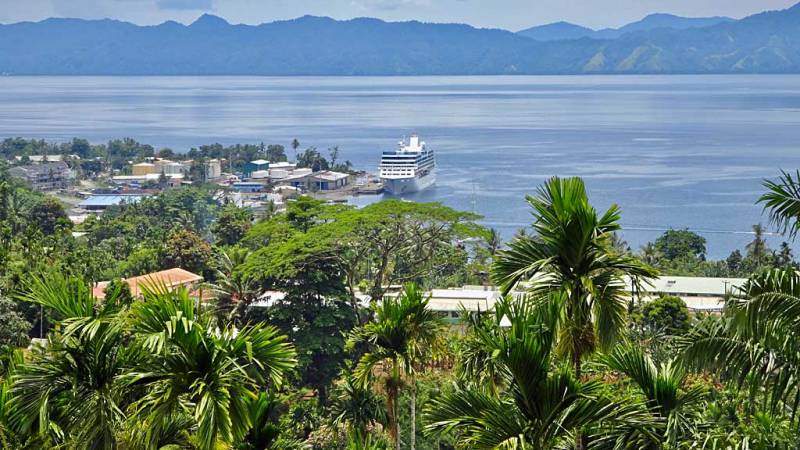
Alotau Viewpoint, Milne Bay
Alotau Viewpoint
Our next stop on our Papua New Guinea Shore Excursions was a lovely Alotau viewpoint. You could see the town, Milne Bay and our cruise ship. We regretted not having any currency, as children in ceremonial dress were looking for tips while their mothers watched over them at the viewpoint. I rectified this at the end of the tour when I spotted two children and their parents just outside the port gate. We took pictures of them and gave them $20.
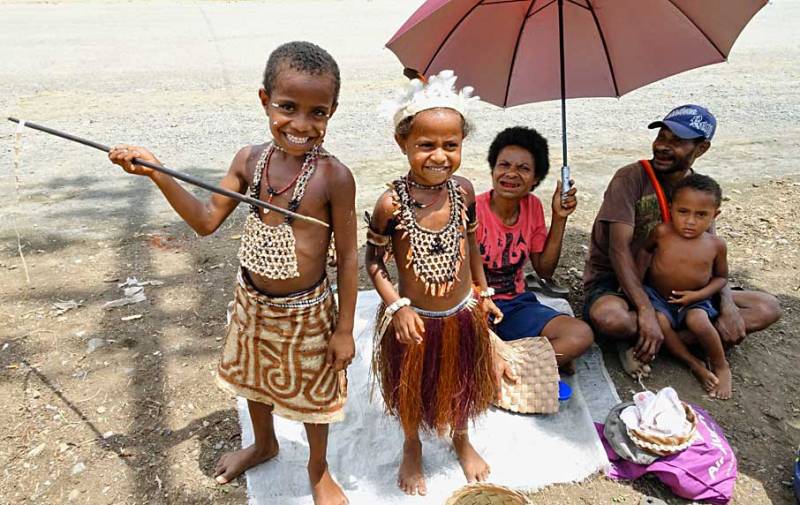
Alotau Children Dressed for Tourists
Alotau Daily Market
Our last stop on our Alotau shore excursion was the daily market. The Alotau daily market is a unique experience. At the market, locals barter the excess food they have harvested. Dried fish were on display while the seller fanned away the flies that were trying to eat the dead fish. You could buy a small mound of about 10 peanuts or an extremely tiny bag of popcorn. The locals paid no attention to tourists here. We had a nice conversation with a man who said he flew in to Alotau 5 months ago, but he still hadn’t earned enough money yet to fly back home.
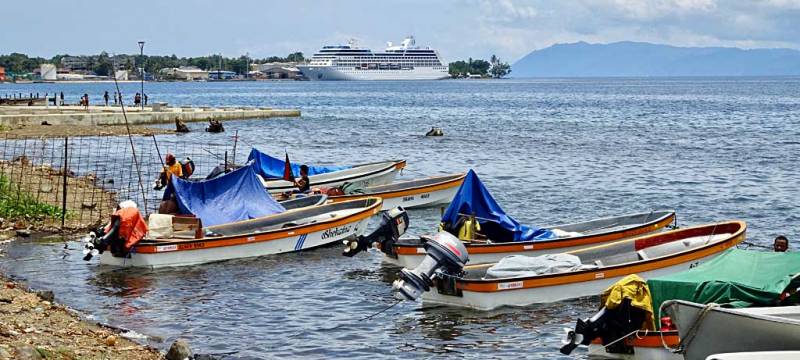
Alotau Fishing Boats
Alotau Cruise Ship Market
Near the daily market, brightly colored stalls were set up specifically for cruise ship visitors. The main items on sale were bags and wood carvings. The wood carvings were exceptional quality and very low priced. Our guide proudly showed off her own purse, which as made of chicken feathers. You can only really understand what it looked like by seeing a picture.
Some passengers on the Oceania Regatta struggled with the experience in Alotau, because of the poverty. I thought it was a highlight of the cruise.
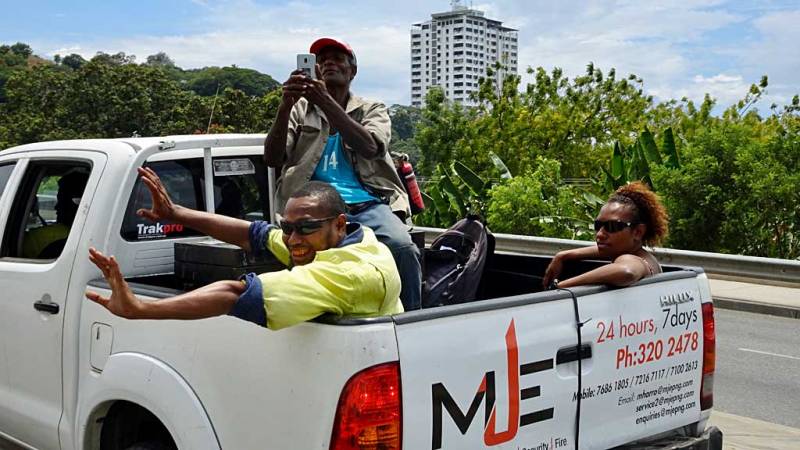
Friendly People, Port Moresby
Port Moresby Papua New Guinea Shore Excursions
Our Port Moresby Shore Excursion was very different than our Alotau visit. The poverty was more extreme in the big city. Perhaps it was just more readily visible than in the rainforest of Alotau. People were living in shanties. Sheet metal and plastics were used to make homes. Along the streets, people tried to sell anything they could under the shade of large umbrellas. My impression was that you could live off the land in Alotau, but that life in the city was much harder. Clearly that’s not true because the tribes of Papua New Guinea are flocking to Port Moresby as their best chance for survival.

Port Moresby Poverty
Safety in Port Moresby
The cruise line warned us to be wary of traveling alone or in small groups in Port Moresby. Crime is a problem in Port Moresby and tourists have been targeted at times, so you need to leave anything valuable on the ship. Cabs aren’t metered. You need to negotiate the cab fare, which is difficult for a tourist to determine. So, Port Moresby was the only port where we took an Oceania organized tour.
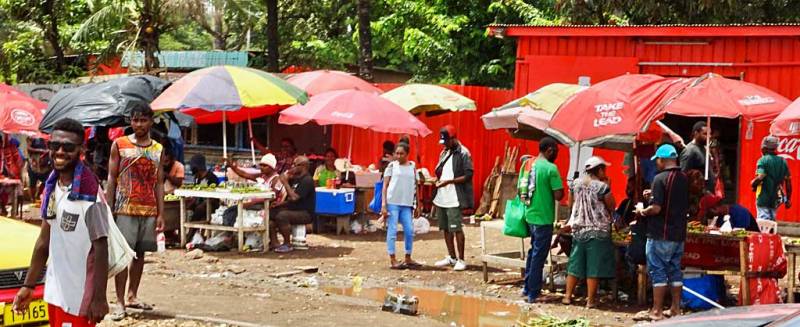
Port Moresby Road Side Markets
Driving Through the Streets of Port Moresby
Our Port Moresby Shore Excursion started with a long drive to the Bomana WWII Memorial Cemetery. The bus was not air conditioned and the temperature was a humid 90 F (32 C). We travelled in a convoy of 10 tour buses. The poverty was overwhelming here, but the people were just as friendly as they were in Alotau.
People waved at us from the streets, from their cars and from their shops. Some shouted hello into our open bus windows, which was both friendly and somewhat alarming. Others called out for us to take their picture. As we passed a truck full of passengers riding in an open truck bed, they snapped our pictures at the same time that we snapped theirs.
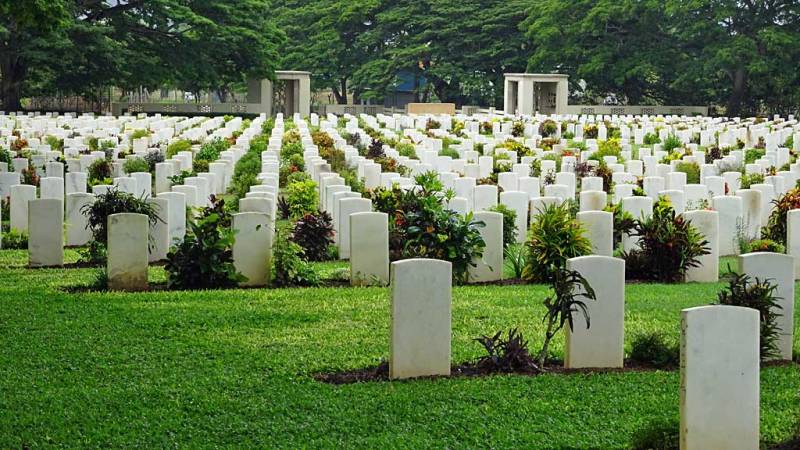
Bomana War II Cemetery, Port Moresby
Bomana WWII War Cemetery
The war Bomana War Cemetery was sobering. Row on row of white crosses in neat rows on the manicured grounds. Many of the grave stones were for unknown soldiers. Those who were identified were mostly in their early 20s. In WWII the United States lost the most men in Papua New Guinea, followed by Australia.
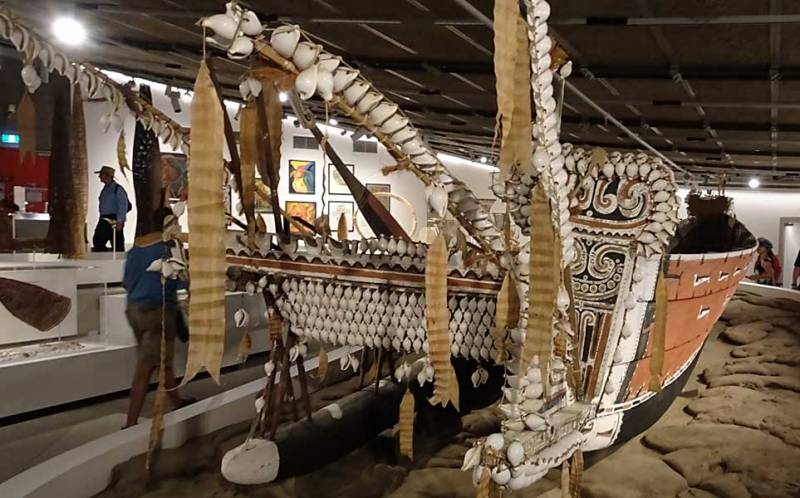
National Museum, Port Moresby
Parliament and the National Museum
Next our Papua New Guinea Shore Excursions took the long drive back into the city to the Parliament Building. Again we drove through shanties, streets filled with people and open air truck buses packed with passengers. The Parliament building was opened to us for a very brief visit. The King James Bible presented by US VP Mike Pence was proudly on display. Beside the Parliament, the National Museum was the next stop on our tour. The National Museum was amazing and turned out to be the highlight of our visit to Port Moresby. The displays of native art, carvings and archaeological discoveries were impressive. The cool, air conditioned building was also a pleasant respite. Don’t miss the National Museum if you visit Port Moresby.
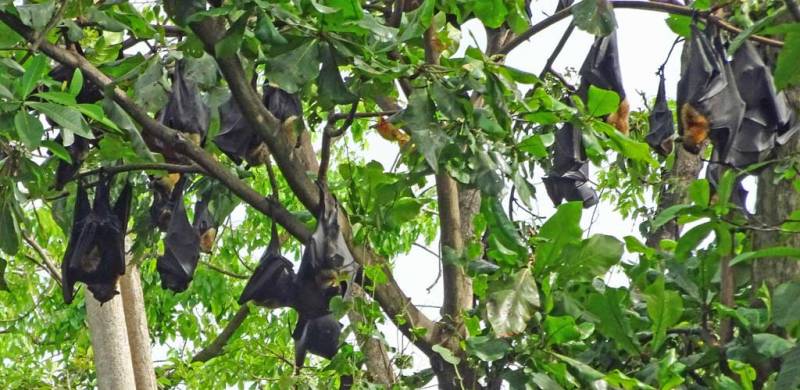
Wild Bats, Port Moresby Nature Park
Port Moresby Nature Park
The last stop on our Port Moresby shore excursion was the Port Moresby Nature Park. The nature park has birds of paradise and other exotic birds on display. Unfortunately the large aviary is full of vegetation for the birds to hide out in. Most of the birds roost near the top of the aviary, so it’s hard to see the birds and their bright colors. Other smaller cages at the Port Moresby Nature Park provide better opportunities to see the birds and animals, but the small cage sizes are disheartening.
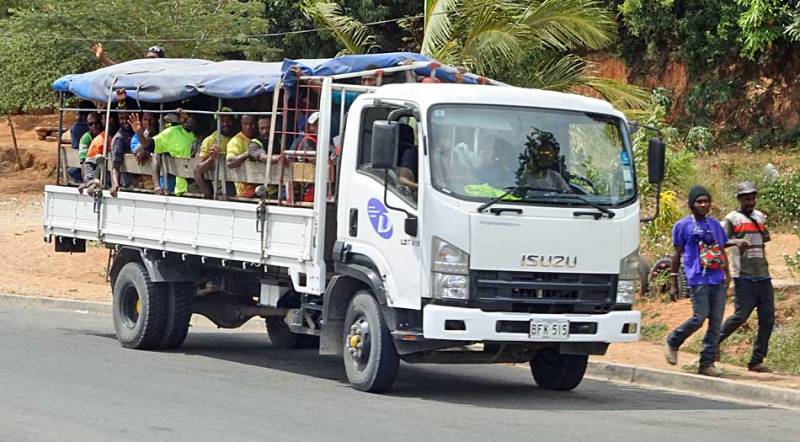
Local Bus, Port Moresby
I appreciate the advances the nature park has made in preserving native species and hope that tourism will fund future improvements. For example, the much larger aviary in Hong Kong allows you to see birds much more easily and in a way that has a much more natural feel. The large number of bats at the Port Moresby Nature Park had a very natural feel though, because they weren’t in cages. These bats were wild and were roosting upside down in the high trees.
The best part of the Port Moresby Nature Park was the local people. They were having barbecues and playing games in the picnic areas. As we walked about the park, many greeted us in English by saying hello or Merry Christmas.
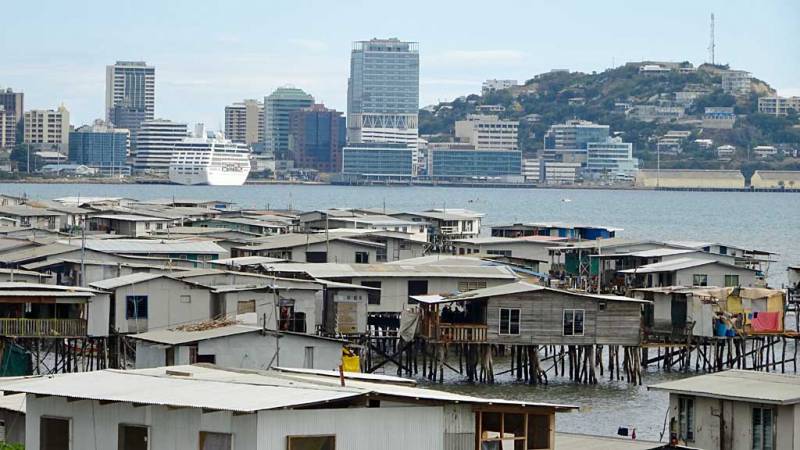
Hanuabada Stilt Village, Port Moresby
Port Moresby Stilt Town
On the way back to the Oceania Regatta, the buses paused in the road so that we could get a view of the stilt houses that have been built out over the bay by people desperate for a place to live. The poverty had an even greater impact when contrasted to our arrival at the ship. Ice cold water and ice cold hand towels greeted us at the dock. We retreated inside the ship to a meal delivered by room service to our stateroom.

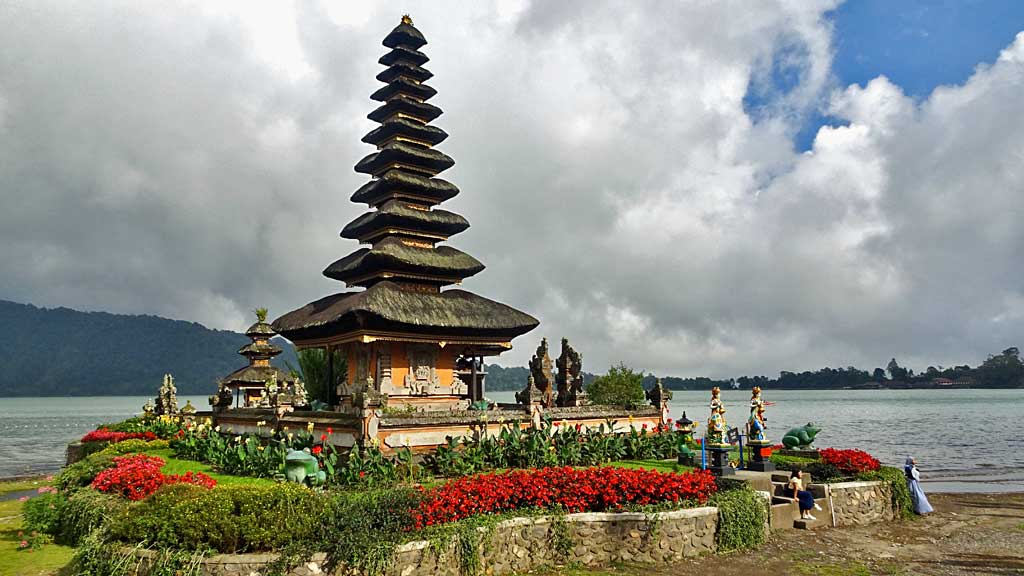
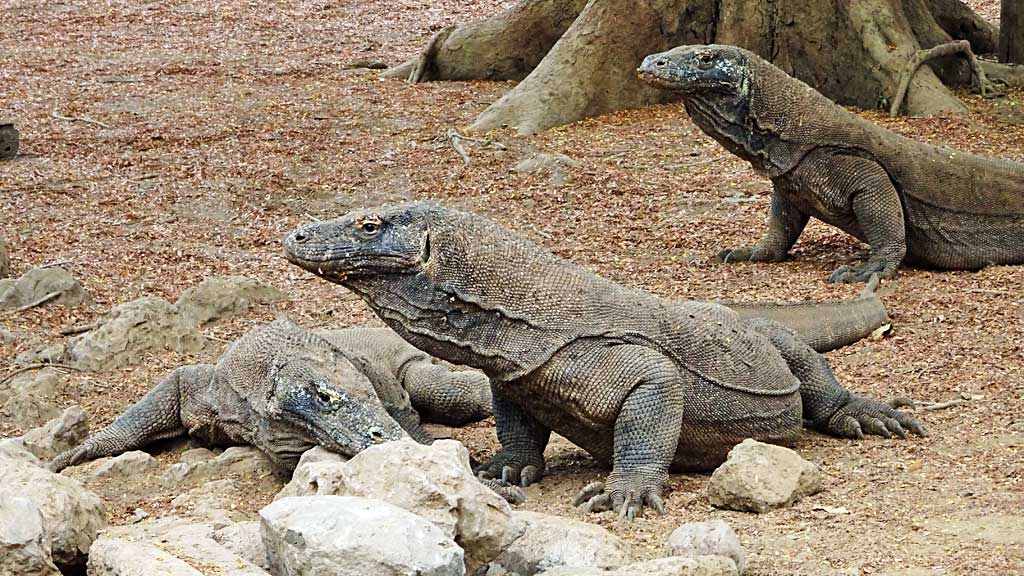
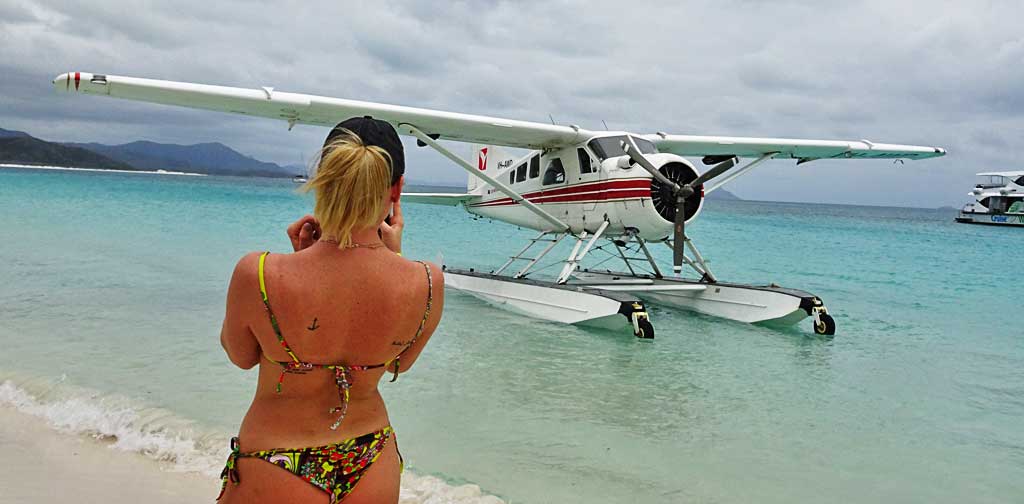
Leave A Comment